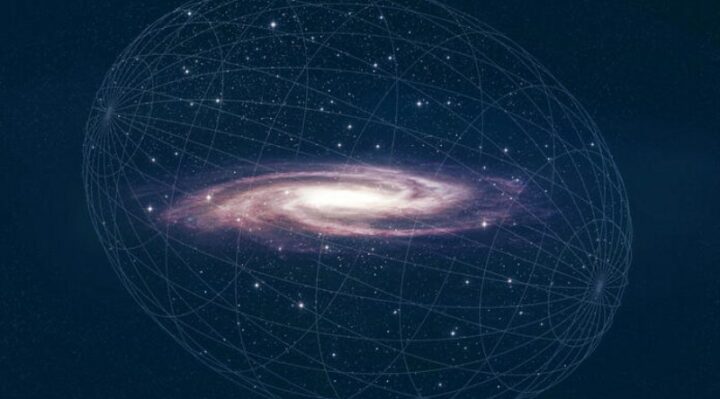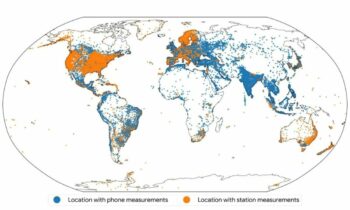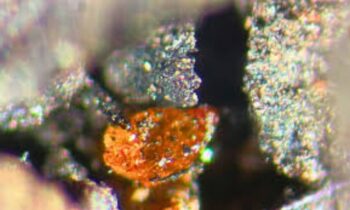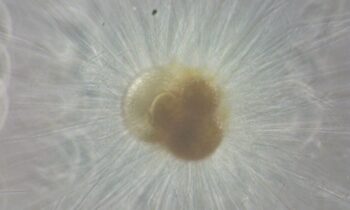
A multinational group has developed a “motion-picture” technique to calculate the Milky Way’s disk warp’s precession rate. This method clearly observes the precession direction and warp speed of the Milky Way using a sample of Cepheid variable stars of varying ages.
The research team discovered that the Milky Way’s present dark matter halo is rather oblate based on these observations. The ensuing publication, “A slightly oblate dark matter halo revealed by a retrograde precessing galactic disk warp,” may be found in Nature Astronomy.
About one-third of disk galaxies in the surrounding universe have a distorted shape like to a potato chip instead of being pristine disks. This phenomena is known to astronomers as a disk warp. This warp property is also present in the Milky Way, a typical disk galaxy.
Precession of this tipped, revolving galactic disk is inevitable because of the torque from the surrounding dark matter halo, much like it would with a spinning top. Nonetheless, there has been much discussion about how to evaluate this crucial dynamic parameter in terms of both direction and rate.
This is due to the fact that earlier measurements were based on indirect kinematic techniques, which severely limited the accuracy and precision of the tracers utilized due to dynamical perturbations or heating effects.
In this work, exact distance and age data from both Gaia and LAMOST were combined with 2,600 classical Cepheid variable stars found by Gaia as tracers. The scientists used this sample to build the three-dimensional structure of the Milky Way’s disk among populations of different ages using the “motion-picture” method.
This work discovered that the disk warp precesses in a retrograde direction at a rate of 2 km/s/kpc, or 0.12 degrees per million years, by “seeing” how it changes with age.
The precession rate is seen to decrease with radial distance in more in-depth studies, suggesting that the current dark matter halo surrounding the warp is somewhat oblate, with a flattening value q ranging from 0.84 to 0.96.
This measurement offers an essential starting point for researching the dark matter halo development in the Milky Way.



